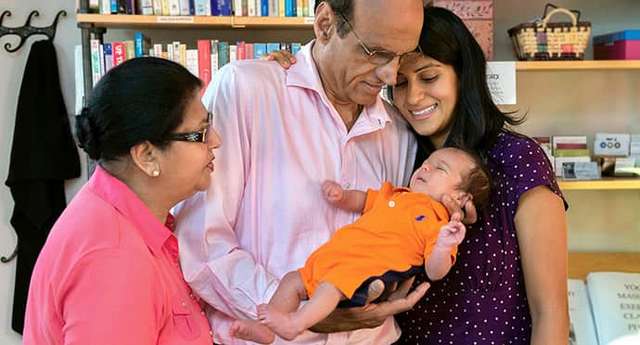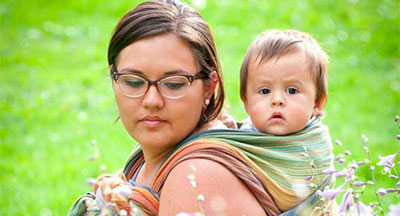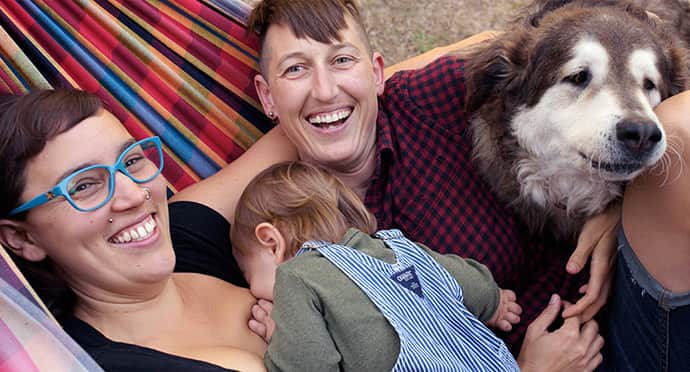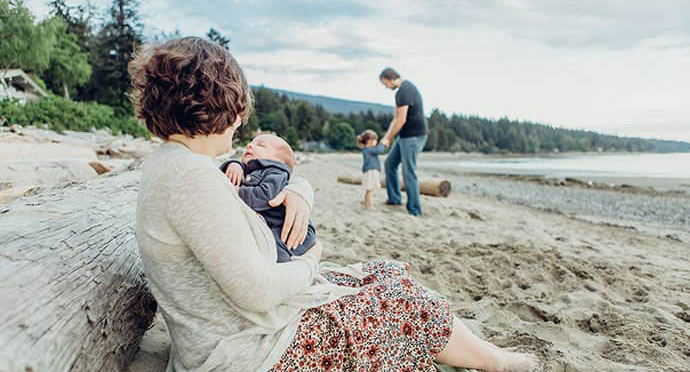MABC News & Updates > Emergency Childbirth for Firefighters Training

By Marella Fallat
In June 2024, Marella Fallat and Rachel Rees were invited to deliver Emergency Childbirth for Firefighters training at Delta Fire Hall #4. The Midwives Association of BC (MABC) first learned about this initiative through an engagement compensation submission from Marella, and we were thrilled when they offered to share their experience with us. Here’s how it went:
Firefighters have extensive clinical training and a strong sense of confidence in emergency response. When we introduced them to birth training, they took to it quickly—and with genuine enthusiasm.
Our approach to the emergency skills portion of the training focused on life-saving interventions rather than comprehensive obstetric instruction. For example, we taught aortic compression for postpartum hemorrhage (PPH) and birther repositioning during shoulder dystocia.
One of the firefighters who helped coordinate the session had long hoped to attend a birth during her career—and recently had. While the outcome was positive, she admitted feeling unprepared. That experience motivated her to build confidence and skills, not just for herself, but to bring back to her department.
With that in mind, we designed the course as a “train-the-trainer” model, delivering instruction to senior firefighters who could go on to teach their colleagues using our materials.
Given the limited time, we prioritized emergencies firefighters are most likely to encounter—situations were basic, immediate intervention could significantly improve outcomes.
We also emphasized recognizing what normal birth looks like. For example, knowing when a birth is progressing safely, and when an intervention might be needed—like distinguishing normal urges to push from signs of shoulder dystocia.
We highlighted supportive practices during normal birth and the early postpartum period: keeping the birther and baby skin-to-skin, warm, and calm, and delaying cord clamping. We covered newborn resuscitation basics too—gentle drying, airway positioning, and positive pressure ventilation (PPV), similar to the early steps of NRP.
Since the firefighters don’t handle transport themselves, we didn’t focus on decisions around “assist vs. load-and-go.” Instead, the emphasis stayed on immediate care within their scope.
To help them feel confident under pressure, we relied heavily on hands-on practice. Using teaching aids they already had—birthing pelvises, babies, placentas, and emergency birth kits—we simulated various birth positions and scenarios. We also brought a doll and bag-mask for practicing PPV.
Importantly, we spent time helping them understand how birthers behave during unmedicated labour. Practicing with realistic tools gave the firefighters both the muscle memory and emotional readiness to respond calmly and effectively.
One of the biggest misconceptions we encountered was the belief that birth is always an emergency. Helping them reframe birth as a physiological process—one that may need support but not always intervention—was key to the session.
We loved creating and delivering this course. It was a privilege to work with such an engaged group of firefighters. We’re happy to share our materials with other midwives who may have similar opportunities. Cross-disciplinary training like this helps improve outcomes and makes unexpected births—at home or roadside—less stressful for both families and first responders.




